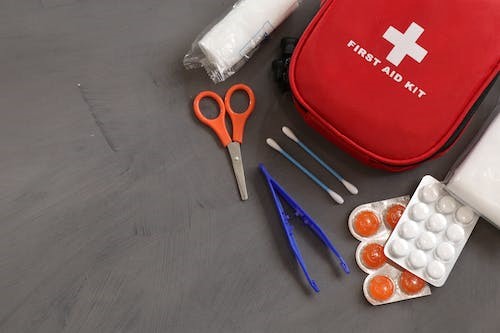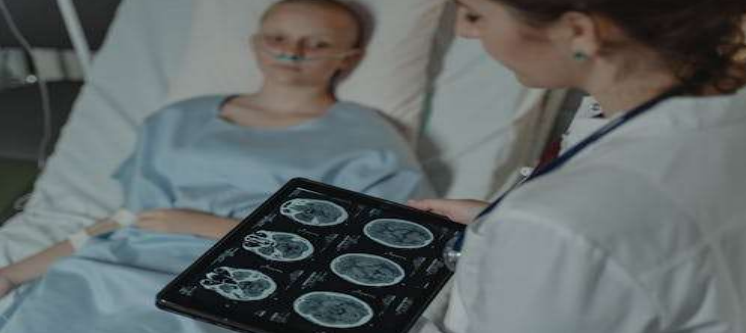First Aid: What To Do In An Emergency.

First Aid: What To Do In An Emergency.
First aid treatment is the initial care provided to an injured or ill person before professional medical help arrives. The primary goals of first aid are to preserve life, prevent the condition from worsening, and promote recovery. The decision to act appropriately with first aid can mean the difference between life and death. Accidents and injuries can occur anywhere at home, at the workplace, while driving or while participating in sports events. They are not wished for but they do happen. Hence, it is essential to be prepared for such medical emergencies. Keeping a first-aid kit at home, in the office and public spaces can help you respond effectively to common injuries and emergencies.

WHAT DO WE DO IN AN EMERGENCY?
Begin by introducing yourself to the injured or ill person if they are conscious. Explain that you are a first aid provider and are willing to help. The person must give you permission to help them; do not touch them until they agree to be helped. Hand gloves should be worn on a properly cleansed hands before administering the treatments. If you encounter a confused person or someone who is critically injured or ill, you can assume that they would want you to help them. This is known as implied consent. Below are some reasons why we need first aid boxes in our homes, offices and public spaces.
- First-aid kits help you handle the medical emergencies as quickly as possible.
- Less risk of a complication.
- Having a first aid kit saves time so the case of an emergency, you do not have to waste valuable time assembling the appropriate medical items.
- Reduces the pain and chance of an irritation in cases of bug bites.
- Saves cost
SUMMARY
Having a well-equipped first aid box at home and in the office is essential for handling minor injuries and medical emergencies. Here’s a list of items you should consider including in both your home and office first aid kits
CONTENTS OF THE FIRST AID BOX
Bandages, roller bandages, and tape
Sterile gauze
Antiseptic wipes and swabs
Absorbent compresses
Antibiotic cream
Burn ointment
Crêpe rolled bandages
Safety pins
Disposable sterile gloves
Tweezers
Scissors
Antiseptic cream etc.
Keep your first aid kits in a readily accessible and clearly marked locations. Make sure to regularly check the contents for expiration dates and replace any used or expired items. Additionally, designate and train someone in your office, like a safety officer or designated first aider, to oversee and administer first aid as needed. In a home setting, make sure that family members are aware of the kit’s location and how to use its contents.



